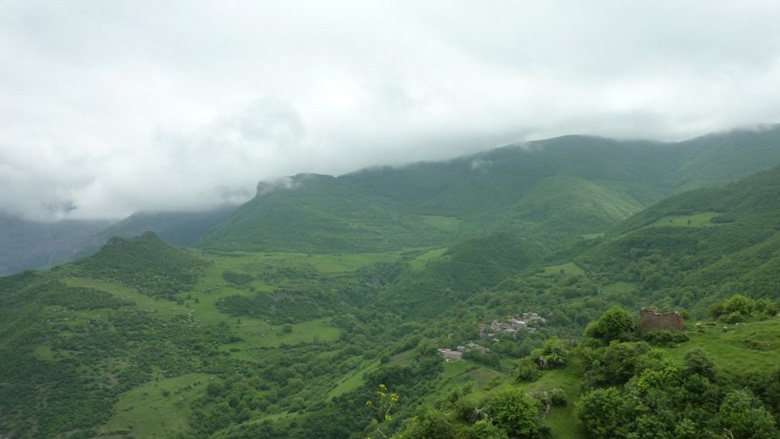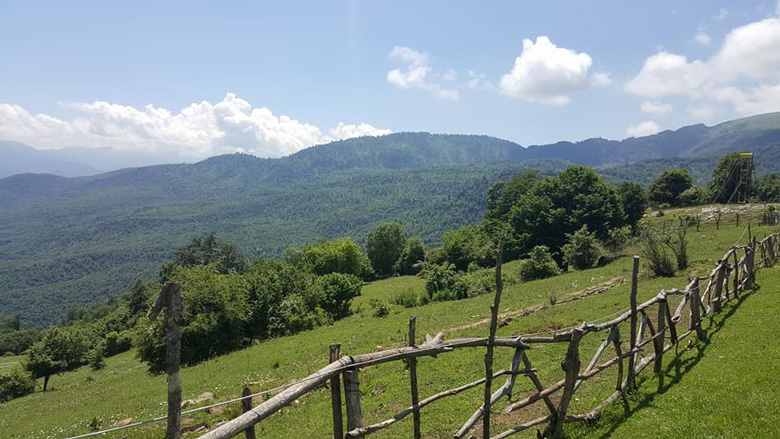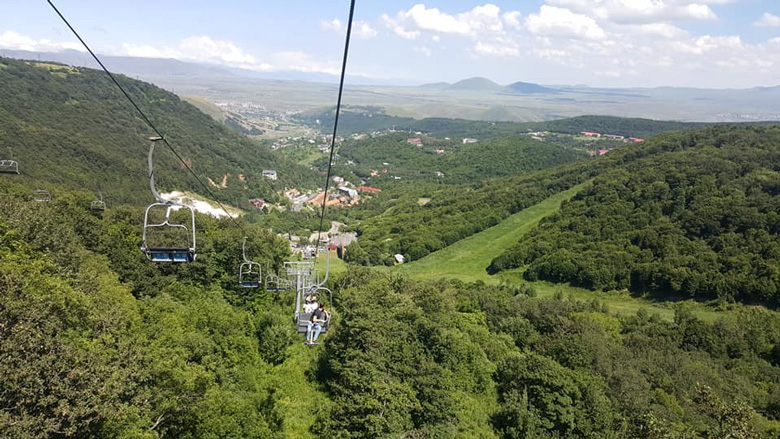Restoring Forests for Armenia’s Economy and People
Prioritizing climate-resilient growth and pursuing sustainable “green” policies and business practices, particularly in the forestry sector, are crucial for Armenia going forward.
Sizable portions of the population depend on wood for their energy needs. Since independence in 1991, forest degradation and deforestation have made fuelwood collection increasingly unsustainable, affecting the livelihoods and incomes of households in rural areas. And commercial lumber production and related employment have all but disappeared in Armenia.
Much more needs to be done to preserve the country’s woodlands.
While some forest landscape restoration will be financed through both domestic and international public resources, private investment also has an important role to play. This would involve funding both fast-growing plantations to increase sustainable fuelwood supply and production of industrial wood.
Fast-growing fuelwood plantations represent a potential option for rural landowners to diversify their income sources. And such ventures would also help Armenia reduce pressure on its natural forests due to excessive fuelwood demand.
One of the government’s programs to address the social-economic impacts of the COVID-19 crisis supports measures to restore the forest landscape, as it provides much-needed employment in rural areas and strengthens the future resource base for wood energy and lumber-oriented industries, such as saw milling and furniture making.
Sustainable Forestry Helps Armenia Meet its Climate Commitments
Forest preservation is also crucial for meeting Armenia’s climate commitments, specifically the country’s Nationally Determined Contribution (NDC) – efforts by countries under the Paris Climate Agreement to reduce national emissions and adapt to the impacts of climate change.
Armenia’s updated NDC for 2021-2030 aims to reduce the country’s greenhouse gas (GHG) emissions by 40% from 1990 emission levels. The sustainable use of land and better forestry management would be necessary to achieve this target. The NDC also incorporates, as part of its implementation plan, another major target: increasing forest cover to 12.9%.


How the World Bank Can Help
Through funding from the NDC Support Facility, a multi-donor trust fund, the World Bank is conducting a study of the opportunities for restoring forest landscapes across Armenia. This study consists of assessments of the legal and institutional needs, potential species for restoration, and possibilities for private sector participation. The study also complements the government’s 10 million trees afforestation initiative, identifies restoration interventions, and lays out a path going forward to achieve the NDC target on forests and eventually on GHG reduction.
The study’s initial findings reveal that there is strong investment potential in Armenia, as well as private sector interest in investing in forest plantations, agroforestry, commercial nurseries, and private forests. There is also interest in forest value-chains overall. The study also recommends ways for restoring various types of existing forests and proposes a potential mix of indigenous species for plantation in already forested and non-forested areas.
These assessments will contribute to developing a national landscape restoration strategy and a time-bound action plan for Armenia to reach its NDC target to restore forests and hence reduce greenhouse gas (GHG) emissions. This will consequently help the country to adopt a data-driven, results-oriented, and multi-stakeholder approach to forest restoration—increasing the chances of success.
Toward Green, Resilient Growth
The assessments on forest landscape restoration will be an important factor contributing to the upcoming GREEN Armenia (Growth Recovery to Empower, Equip and Nurture) platform – which will be established together with development partners, including the World Bank, to support and advocate for Armenia’s “green” recovery and transformation. Moreover, the GREEN Armenia platform will incubate innovative ideas, harness technological opportunities, and tap into global knowledge.
Such efforts will be central to helping Armenia preserve its forest resources, which are crucial for meeting the country’s international climate change mitigation and adaptation commitments and to “build forward better” – creating a sustainable, resilient recovery for all Armenians.




